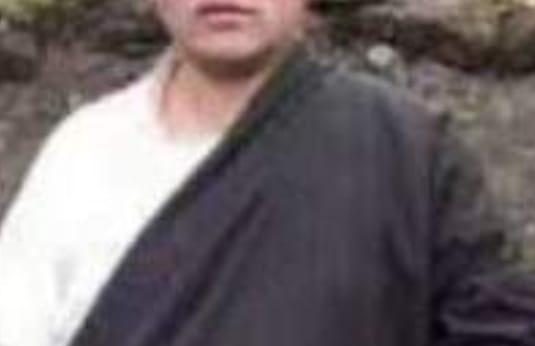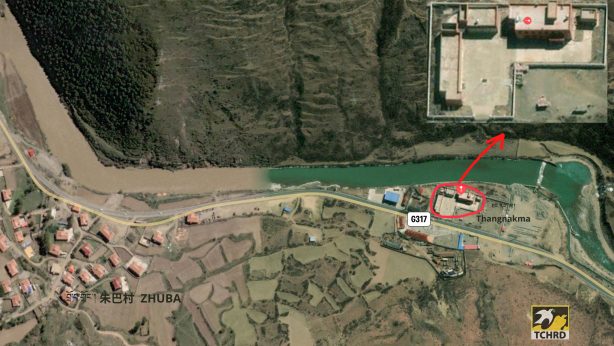Smuggled Film Shows Destruction of Serthar Institute
The Tibetan Centre of Human Rights and Democracy (TCHRD) today screened for the first time a 10-minute documentary showing the massive destruction of Serthar Larung Gar Buddhist Institute in Sichuan Province in Tibet. The documentary was made from film footage smuggled out from Tibet by ex-residents of the Institute.
Serthar Institute, also known as Larung Gar, is located in Karze “Tibetan Autonomous Prefecture”, Sichuan Province. Until last year it was Tibet’s largest Buddhist Institute. Serthar’s non-sectarian academic teachings by Khenpo (abbot) Jigme Phuntsok attracted Buddhist scholars from all around the world, including mainland China, Taiwan, Hong Kong, and Korea. It was also home to a large number of Tibetan monks, nuns and lay-people. Total population before the current crackdown was well over 8,000.In 1999 Chinese Communist Party “work team” visited the Institute and ordered that only 1400 residents were permitted to study there. First to be expelled were students from other Asian countries. Then in June 2001 fifty trucks and jeeps arrived at the Institute and, under the protection of thousands of security officials who camped on the outskirts of the Institute during the demolition, began to destroy the residential area.
The documentary shows Chinese authorities overseeing the demolition of buildings, while monks and nuns try and retrieve their possessions from the wreckage. It also contains interviews with two ex-residents of Serthar Institute who are now in exile. Of particular concern to former residents of the Institute is that Khenpo Jigme Phuntsok and his niece, herself a senior religious instructor, are being held incommunicado in Chengdu. Another major concern described by a nun interviewed in the documentary is that hundreds of nuns in particular are now homeless.
In the last seven years, TCHRD has recorded the eviction of almost 19,000 monks and nuns from religious institutions in Tibet; the closure of 24 religious institutions; and the arrest of thousands of monks and nuns who are often guilty of little more than expressing their opinion or refusing to denounce their spiritual leader, the Dalai Lama.


